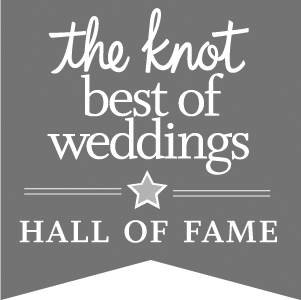
So which is it . . . Antique, Period, Estate, Vintage or Previously Owned?
In most countries, including the United States, any piece of jewelry sold as “antique” must be at least one hundred years old. “Period” refers to various time periods in which a particular style evolves and is popular for a certain span of time, it applies to many areas including art, architecture and jewelry. Vintage, simply put means “representing the high quality of a past time.” Estate jewelry that is not from a collectible “period” must be referred to simply as previously owned.
To better understand and recognize the varying styles identified by each era, we have put together the following chronologically arranged descriptions of jewelry periods. We hope our listings will help you better understand and enjoy our collections of beautiful period and estate jewels.
Jewelry termed “vintage” is defined by style and manner of workmanship and spans many eras in time, beginning in the early 1700s. To better understand and recognize the varying styles, we have put together the following chronologically arranged descriptions of vintage jewelry time periods. We hope our listings will help you better understand and enjoy our collections of beautiful vintage and estate jewels.
Georgian Period 1714 – 1837
Jewelry produced during the years Great Britain was ruled by the “four Georges” defines the Georgian Period.
All jewelry produced during this time period was handmade and varied greatly in quality due to the varied skill and materials available.
True Georgian jewelry is very rare.
Floral and scroll motifs were typical of the period.
Greatly influenced by nature, this style often incorporates flowers, leaflets, insects, birds, feathers and ribbons.
Victorian Period 1837 – 1901
Queen Victoria, the reigning monarch of Great Britain during this time period was the guiding force in jewelry design hence the “Victorian” period.
Romantic and sentimental embellishments were the central theme and included varied and eclectic motifs composed almost exclusively in gold.
The Industrial Revolution during this time brought with it the invention and development of new tools and the ability to mine precious gemstones and metals. The result was mass production.
The middle classes fueled the demand and the appeal for personal adornment was explosive. Influences include Egyptian, Renaissance and Etruscan.
Art Nouveau 1890 – 1915
Influenced by the Symbolist movement, natural forms inspired Art Nouveau Jewelry.
Popular designs included female forms, water lilies, flowers, vines, dragonflies, and beasts.
Frenchman Rene Jules Lalique and American Comfort Tiffany were best known for their designs of Art Nouveau Jewelry.
Yellow gold was the metal of choice.
The “plique a jour” method using translucent enamel framed with gold, evoking the look of stained glass, was especially popular.
Edwardian Belle Epoch Period 1890 – 1915
This period was during the reign of King Edward Vlll.
Lavish jewels of the period were delicate, romantic, feminine and lacy.
The highly detailed workmanship featured garlands, wreaths, bows and tassels with open designs of scalloped edges and milgrain.
Platinum was the metal of choice because it could be fashioned into thin, lightweight designs but still be sturdy.
Diamonds, as well as natural pearls, were the most often used gemstones.
Art Deco Period 1915 – 1935
The modern age was ushered in during the Art Deco Period.
Jewelry designs had an “architectural appearance” with strong geometric, symmetric lines and patterns.
White metals reigned, accompanied by rubies, sapphires, emeralds and onyx.
Some of the most famous designers of Art Deco jewelry were French, including Cartier, Bucheron and Fouquet.
Retro Modern Period 1940’s
Inspired by Hollywood glamour, large flamboyant designs featuring curves, bows and ribbons were popular design themes.
Rose, yellow and green gold were the metals of choice because of the scarcity of platinum due to the war’s demands on supply.
Large gemstones captured the spotlight of many designs including aquamarine, amethyst and citrine as well as rubies.
The use of synthetic gemstones became popular during the era.
Much in this era was manufactured in the United States.







